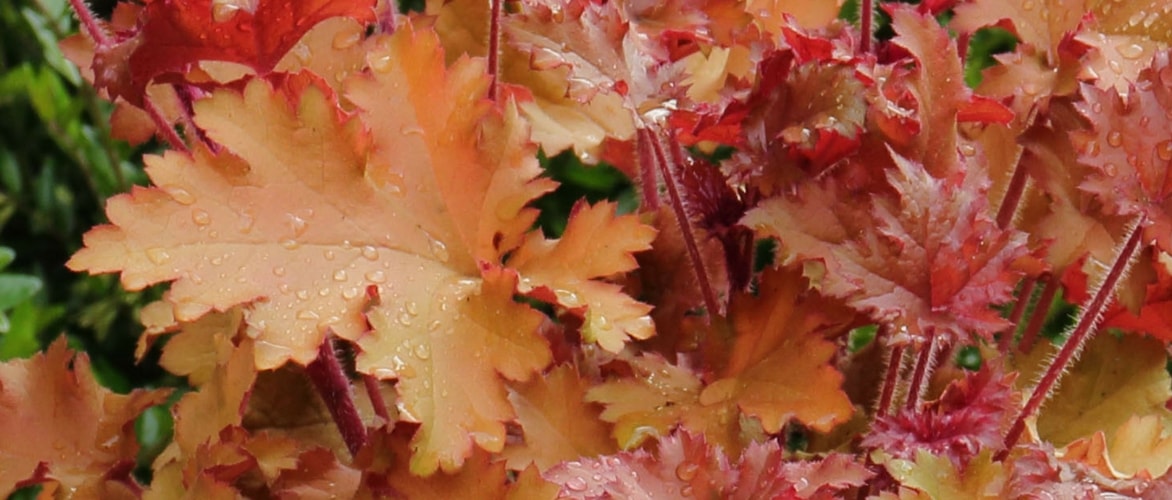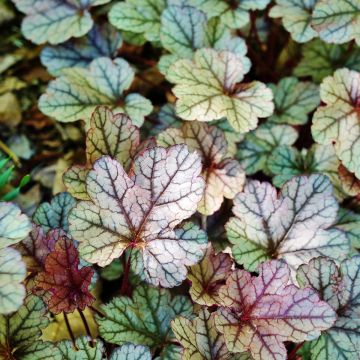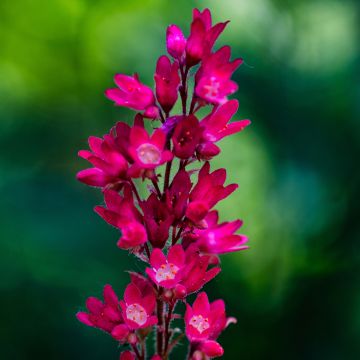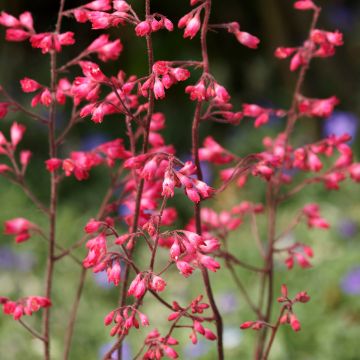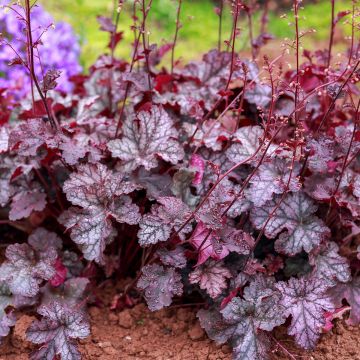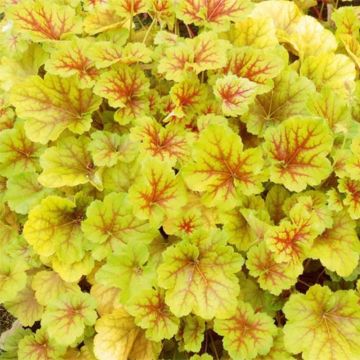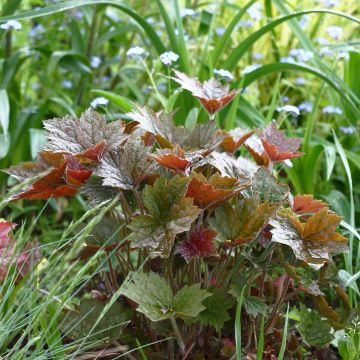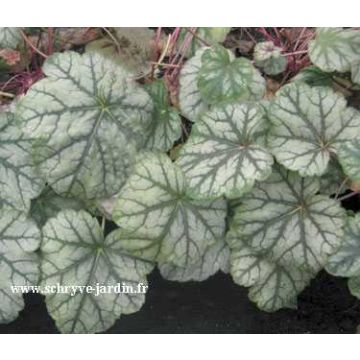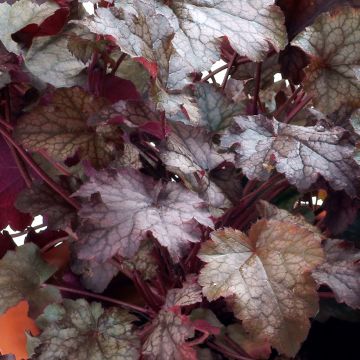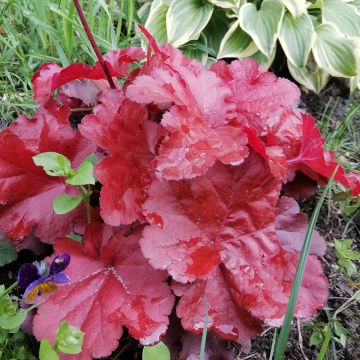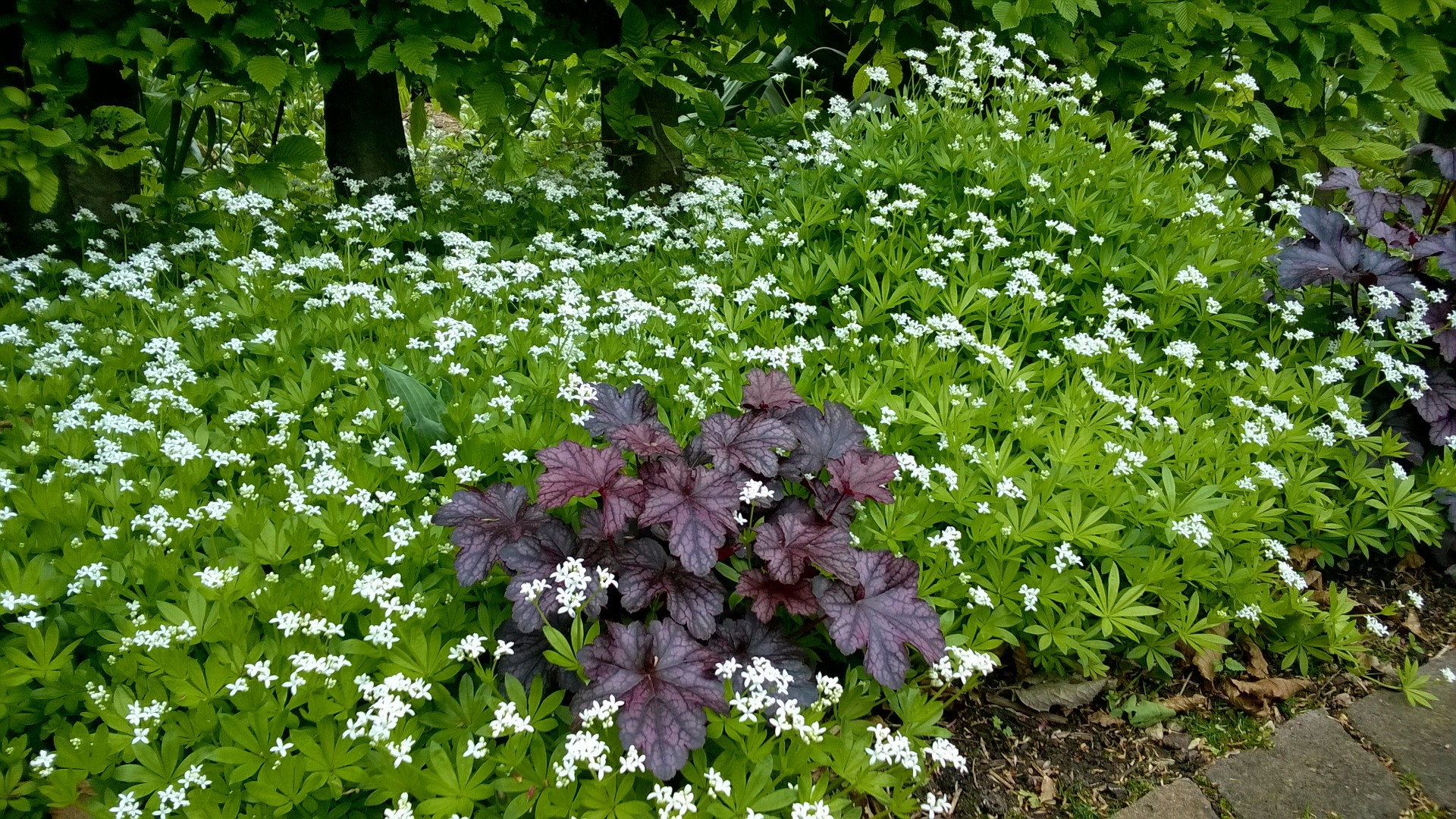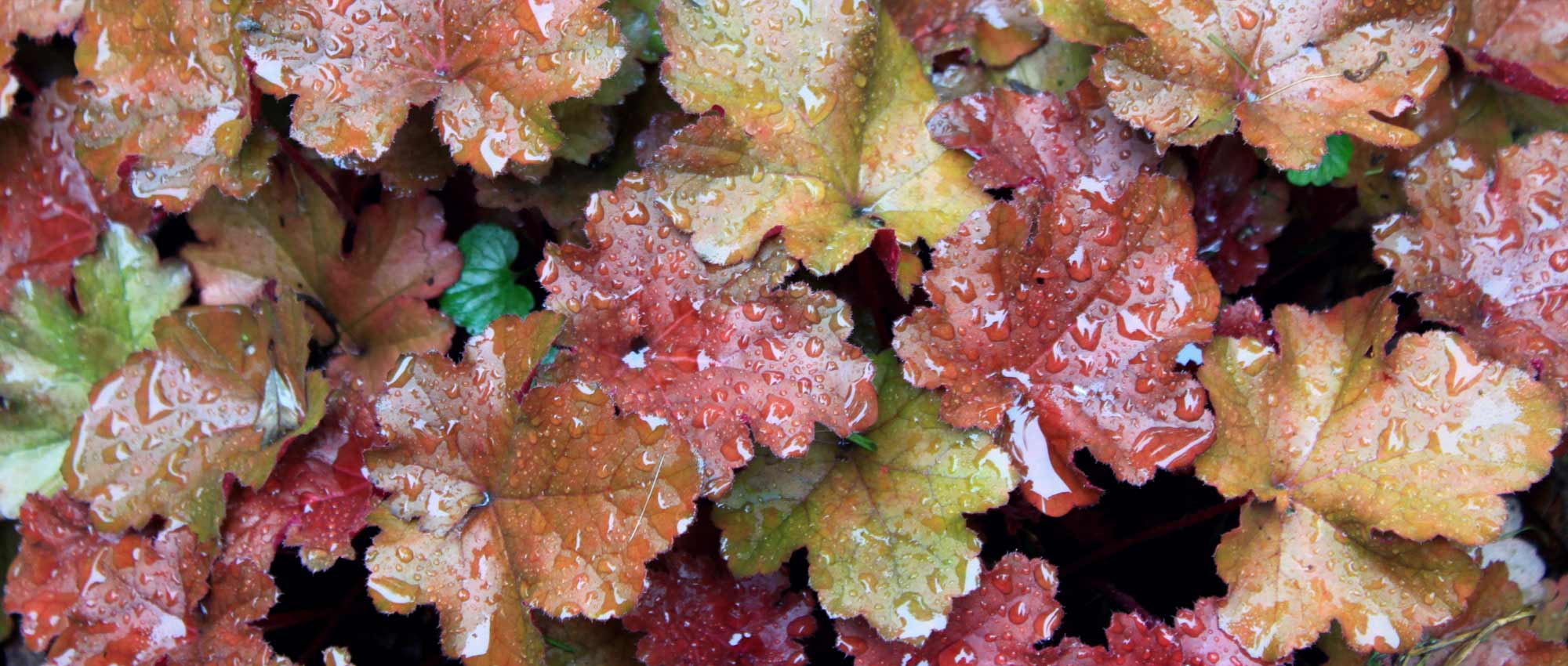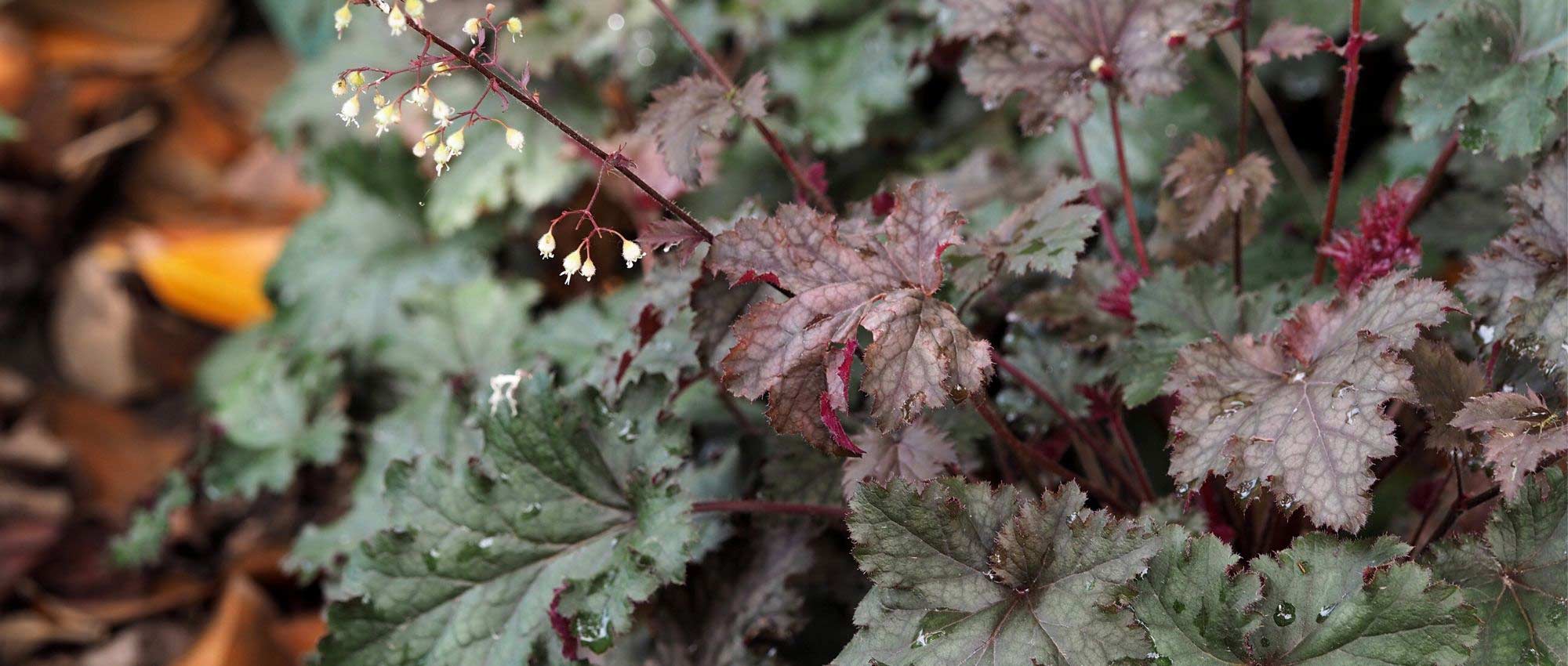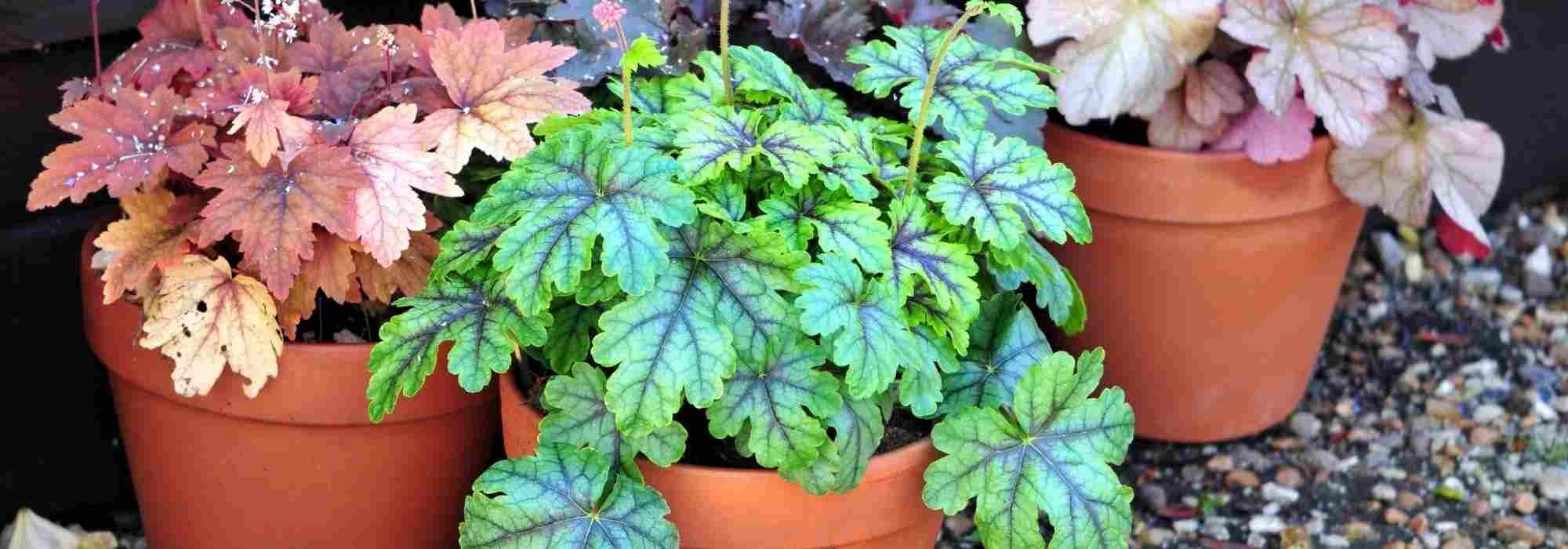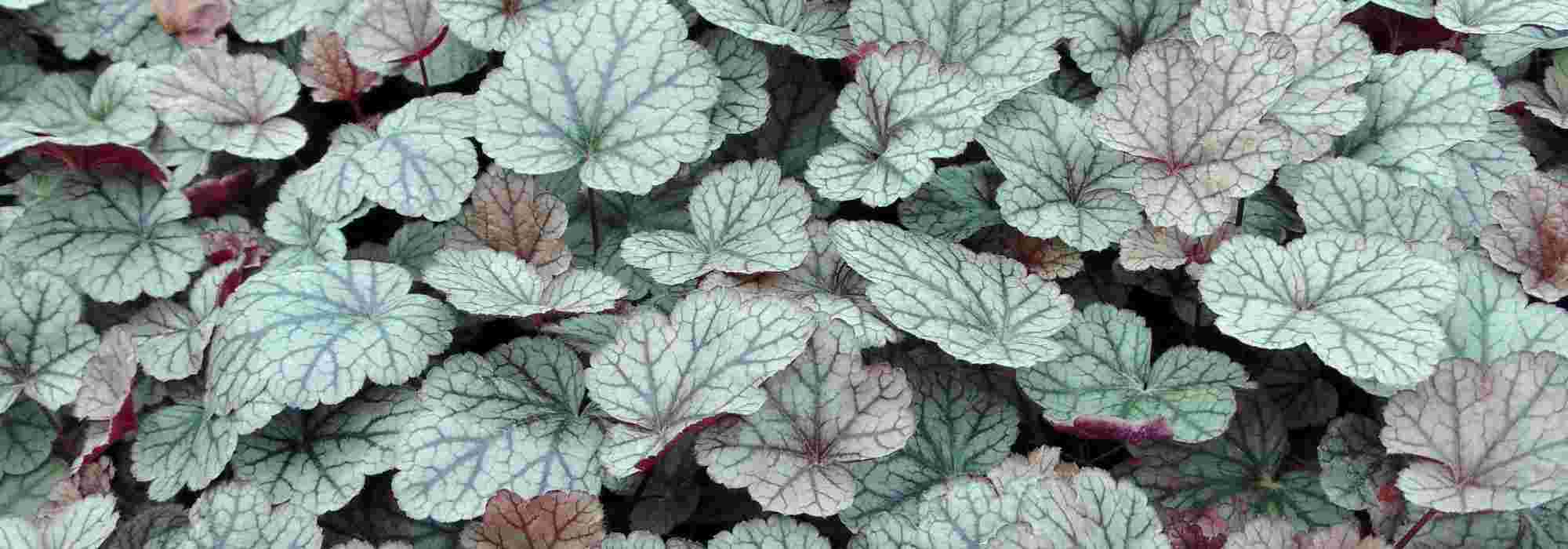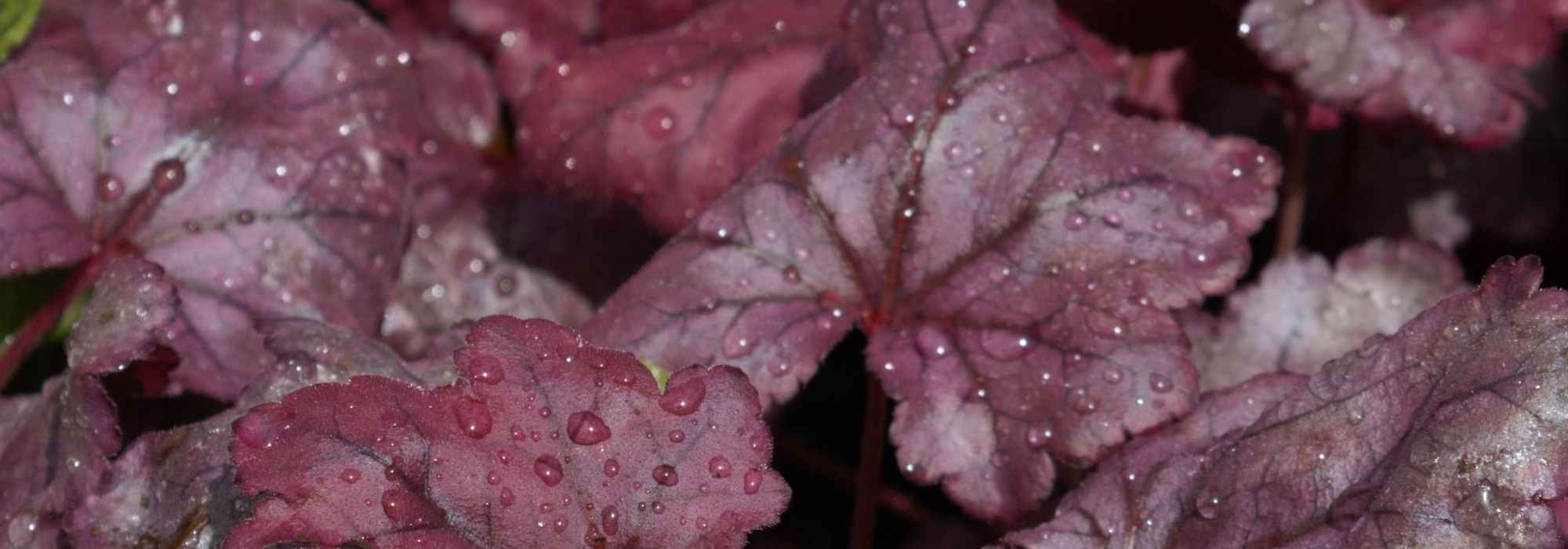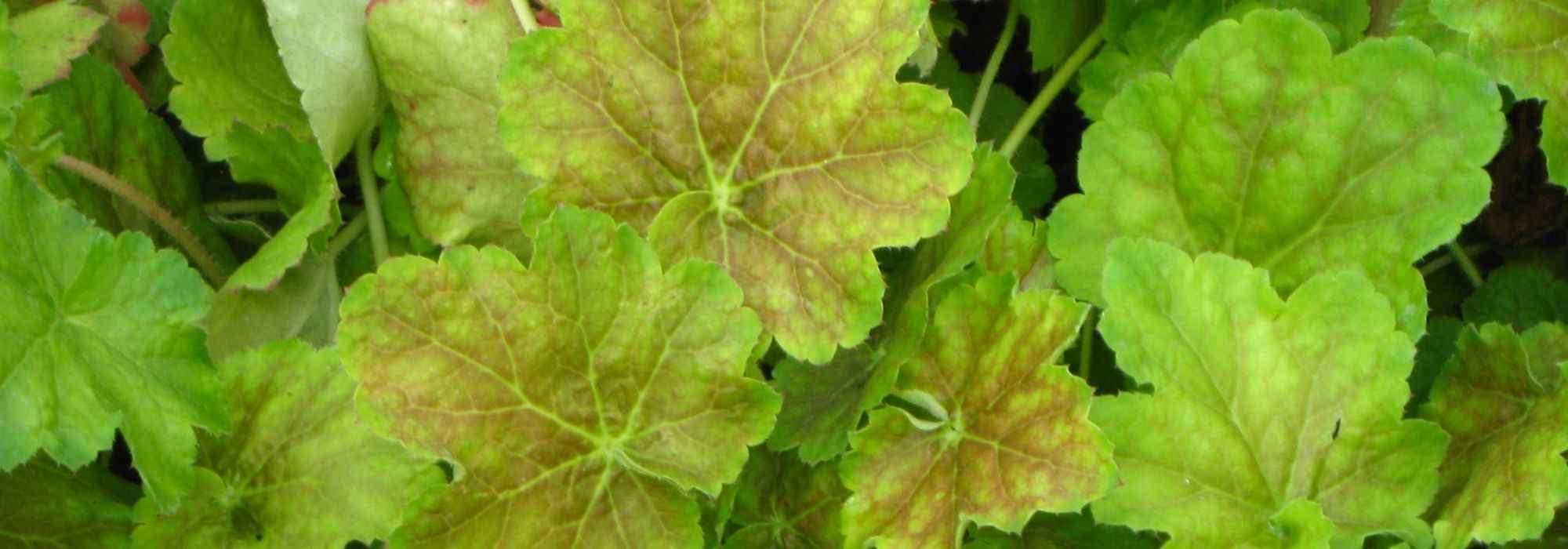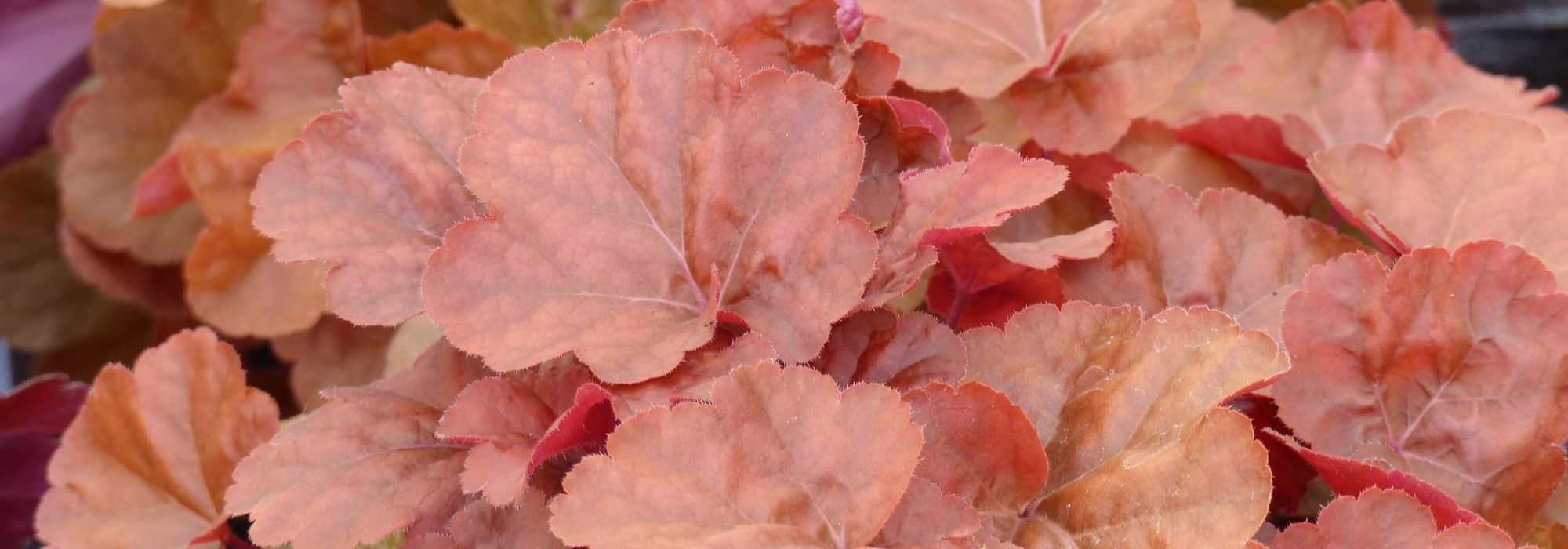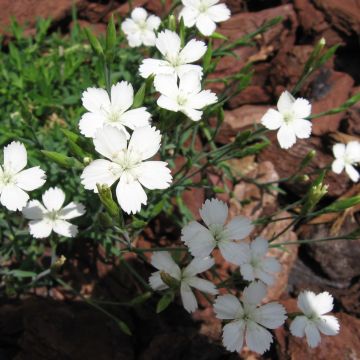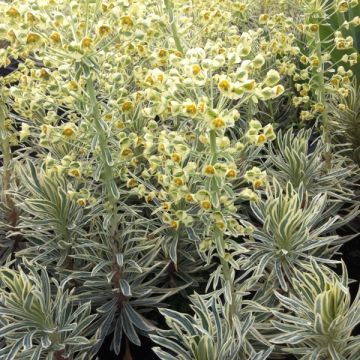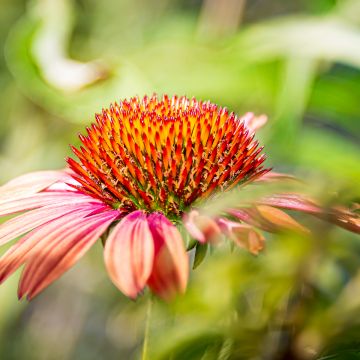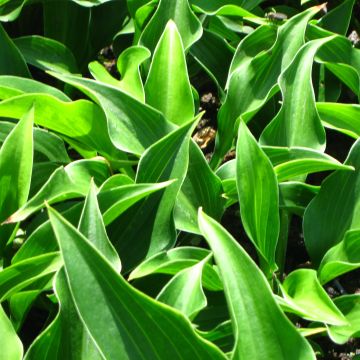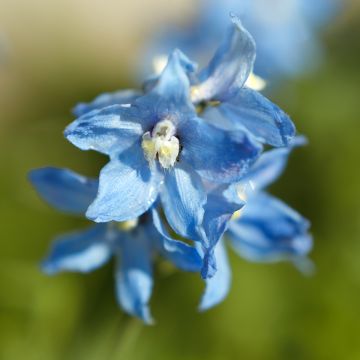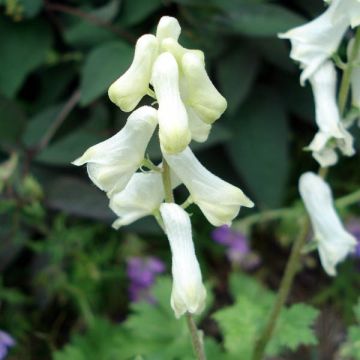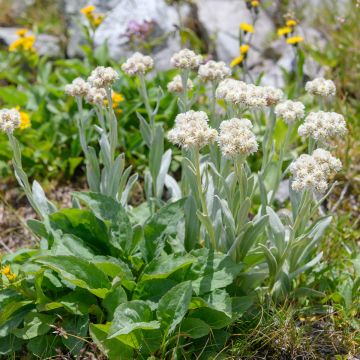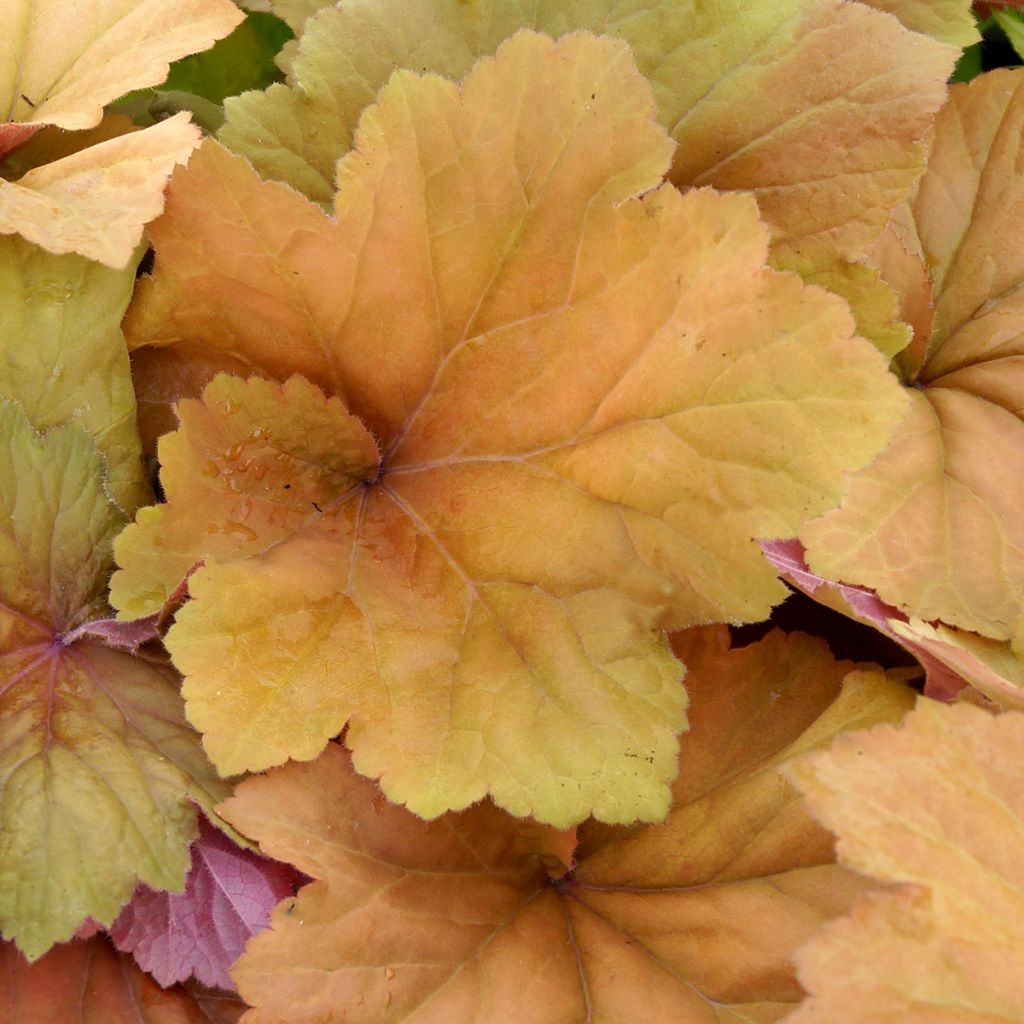

Heuchera villosa Mega Caramel
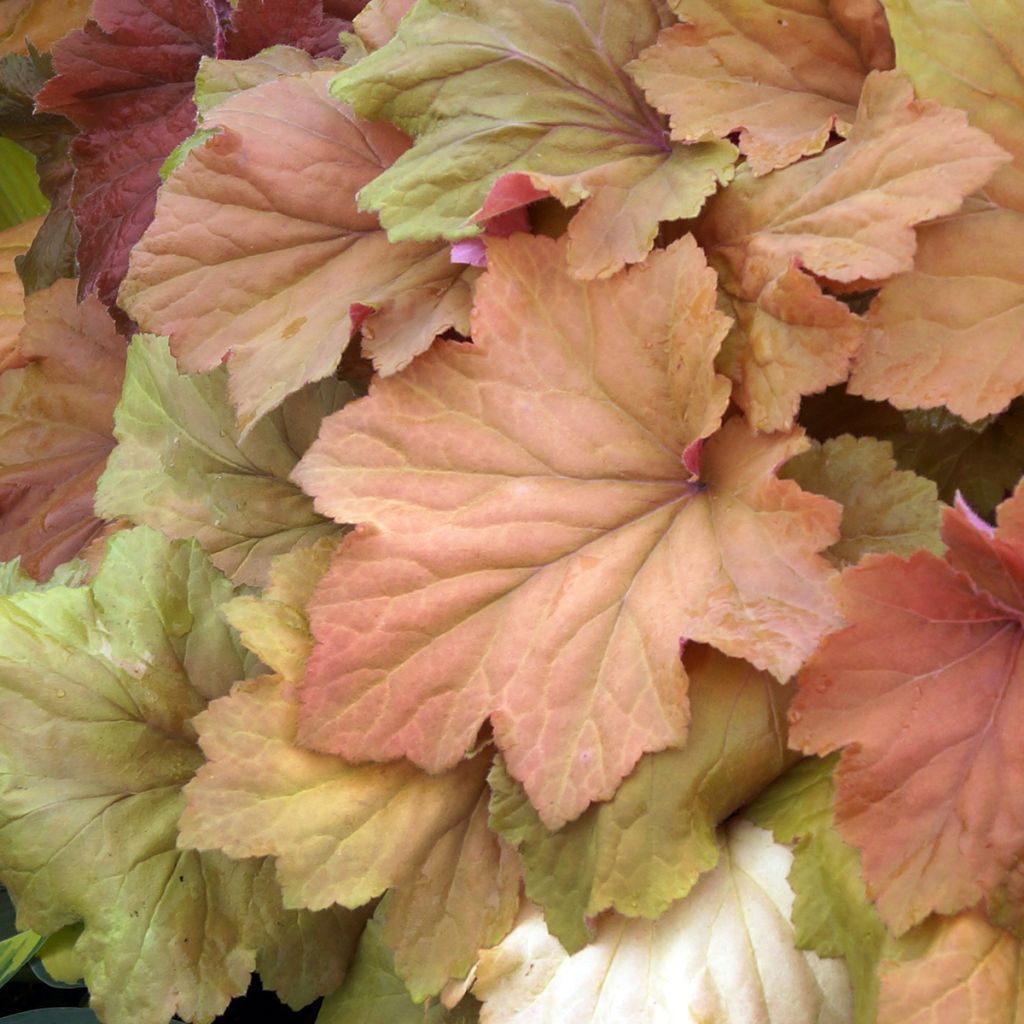

Heuchera villosa Mega Caramel
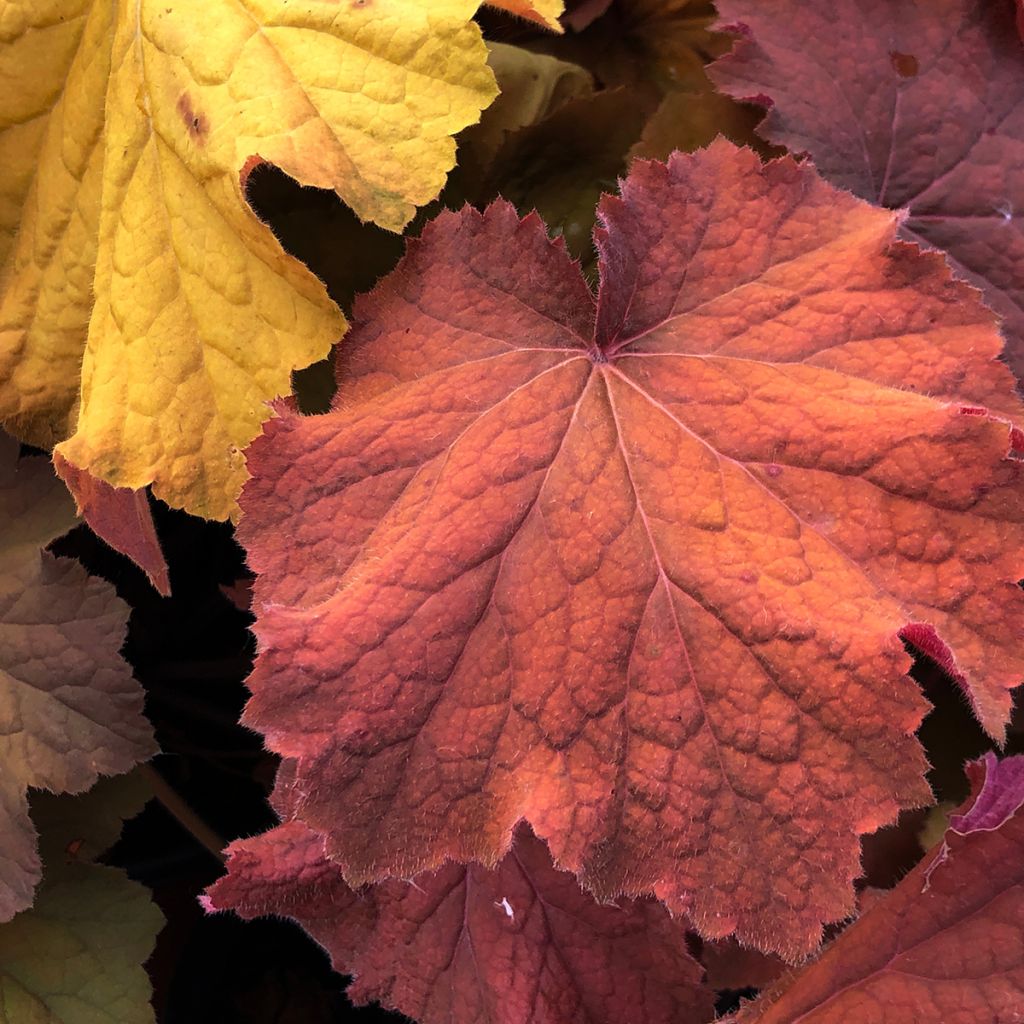

Heuchera villosa Mega Caramel
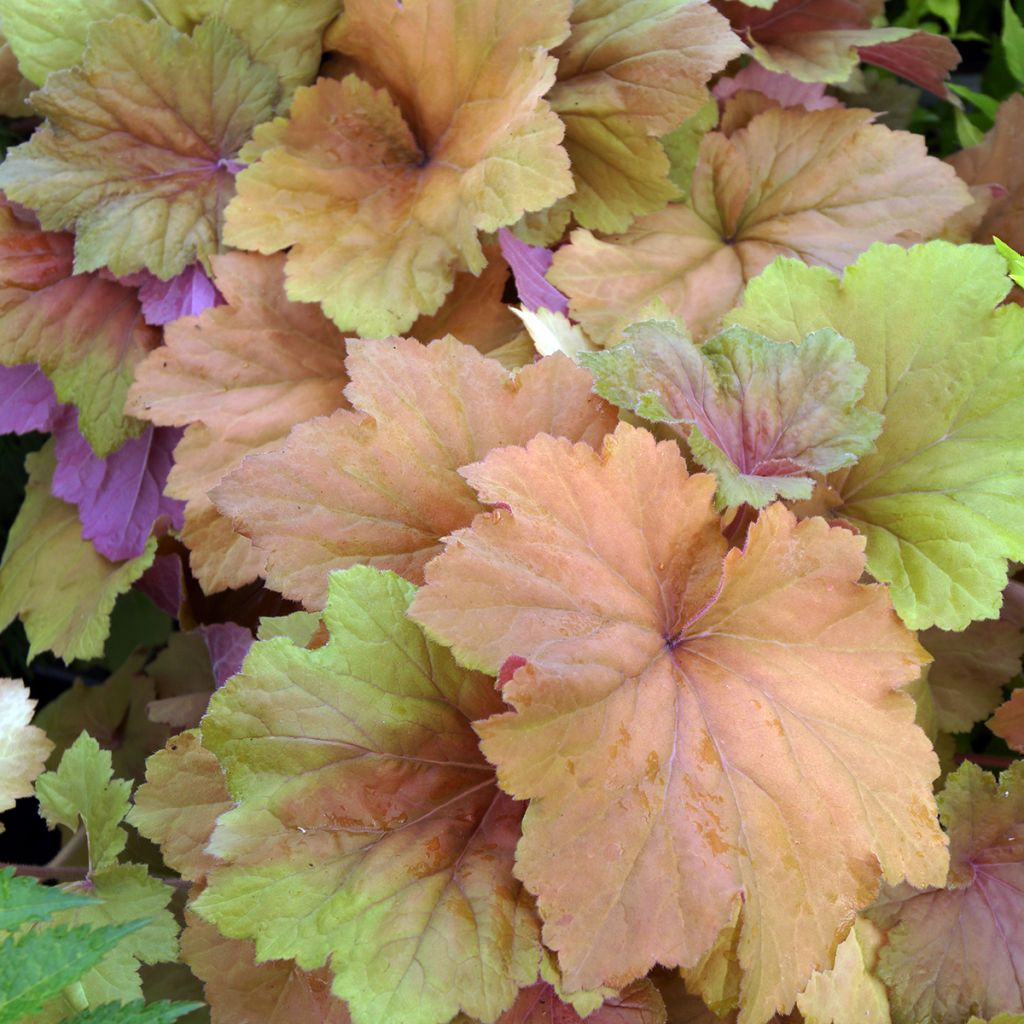

Heuchera villosa Mega Caramel
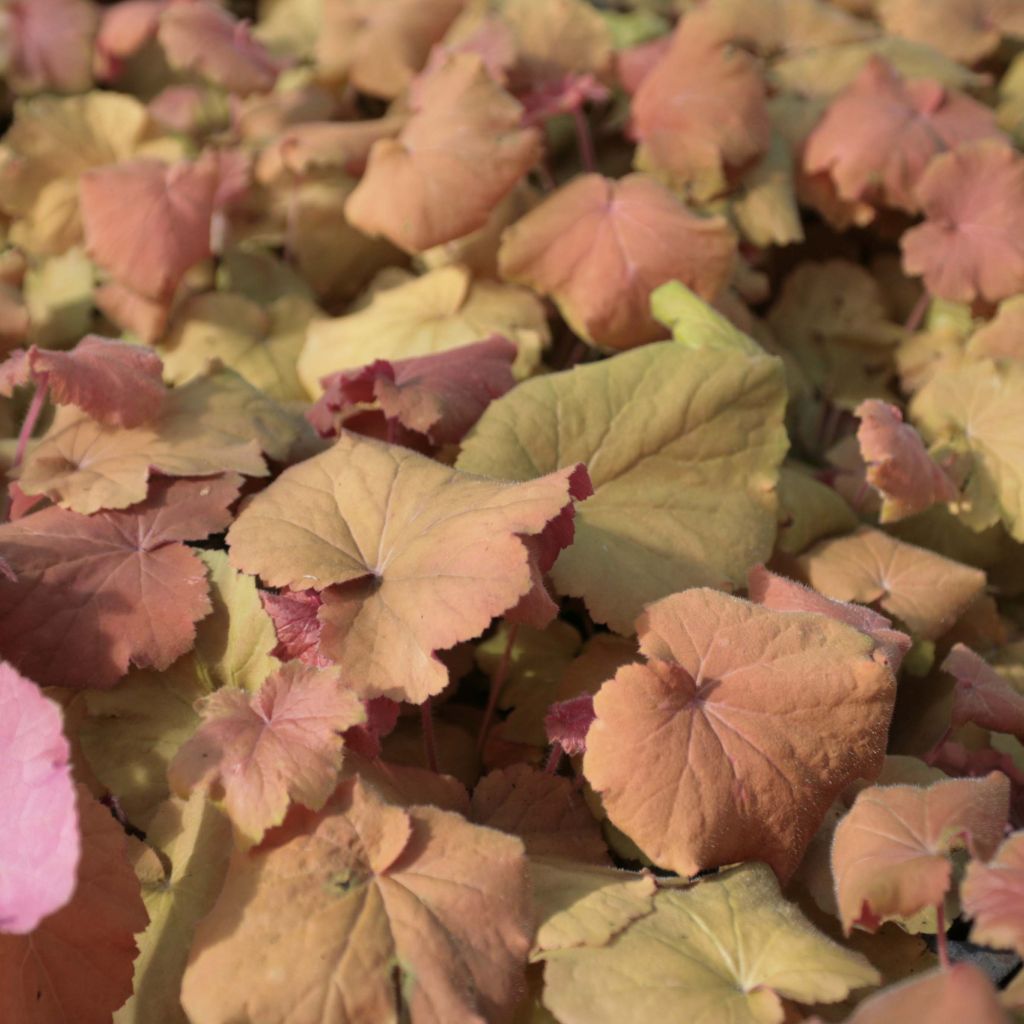

Heuchera villosa Mega Caramel
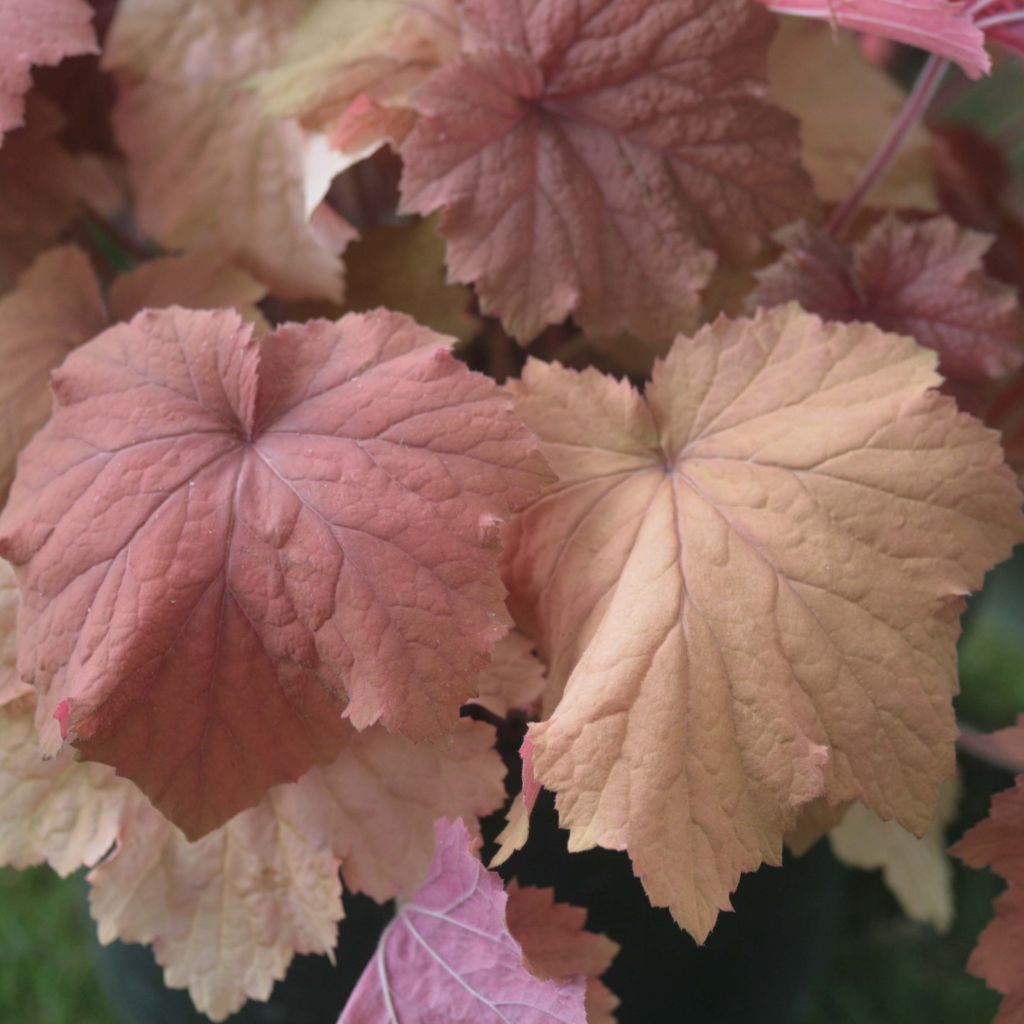

Heuchera villosa Mega Caramel
Heuchera villosa Mega Caramel
Heuchera x villosa Mega Caramel
Hairy Alumroot, Coral Bells
Beautiful young plant that has taken well I hope to see it grow nicely in the spring
annick, 15/12/2025
Special offer!
Receive a €20 voucher for any order over €90 (excluding delivery costs, credit notes, and plastic-free options)!
1- Add your favorite plants to your cart.
2- Once you have reached €90, confirm your order (you can even choose the delivery date!).
3- As soon as your order is shipped, you will receive an email containing your voucher code, valid for 3 months (90 days).
Your voucher is unique and can only be used once, for any order with a minimum value of €20, excluding delivery costs.
Can be combined with other current offers, non-divisible and non-refundable.
Home or relay delivery (depending on size and destination)
Schedule delivery date,
and select date in basket
This plant carries a 12 months recovery warranty
More information
We guarantee the quality of our plants for a full growing cycle, and will replace at our expense any plant that fails to recover under normal climatic and planting conditions.

Would this plant suit my garden?
Set up your Plantfit profile →
Description
The Heuchera 'Mega Caramel' is an oversized version of its famous little sister, the 'Caramel' heuchera. This new phenomenal French creation is yet another surprising descendant of the Heuchera villosa, which definitely has not had its last word. It stands out for its vigour, which will allow it to form a wide ground cover of 1m (3ft), composed of sizeable leaves displaying the same combination of warm and soft colors. In the heart of summer, it is adorned with arched stems carrying a cloudy white-cream flowering. This heuchera is greedy and requires fertile soil, but tolerates heat and drought fairly well, although it prefers partial shade.
The 'Mega Caramel' Heuchera belongs to the Saxifragaceae family. It is a hybrid of the Heuchera villosa, native to the mountains of the eastern United States, recently obtained in France by Thierry and Sandrine Delabroye. It will reach a height of 50 cm (20in) (for the foliage) and a width of 90 cm (35in) to 1m (3ft) in 4 to 5 years. This Heuchera forms a large, sprawling clump. Its evergreen foliage is its major asset: its rounded, lobed leaves can reach a diameter of about twenty centimetres. Their colour resembles terracotta, with lighter shades depending on the leaves' age. The undersides of the foliage are beautifully colored in pinkish-violet. The leaves of this Heuchera are strongly veined. The light and airy flowering begins in July and continues until September. The flowers, small bell-shaped buds that open white-cream and then become white, are arranged along an erect and arched stem. This plant has a shallow root system.
The 'Mega Caramel' Heuchera deserves a prominent place in the garden. It can be planted in the ground in a flower bed, in a shady rockery that is not too dry, or even in a large pot. For example, associate it with a Stipa arundinacea; the combination of ochre yellow and chartreuse green will be both modern and unique. In the company of the giant Hosta 'Empress Wu', it will stand out against a beautiful bluish background. Grasses and ferns will give it a wild and romantic touch. It also makes a good companion for bushes and roses when planted in wooded areas. In a rockery, place a light mulch at its base to contrast with its beautiful foliage. Finally, it is an ideal ground cover with remarkable colors. Associate this Heuchera with the 'XXL' cultivar or with blue flowers such as forget-me-nots, corydalis, or lungworts. It is also good for cutting, as its delicate bell-shaped flowers bring lightness to bouquets.
The heucheras with trembling stems and tiny bells were very fashionable in the 19th century in all European gardens. They were named 'Desespoir du peintre' (Painter's Despair), probably because the Impressionist painters tried in vain to represent them.
Heuchera villosa Mega Caramel in pictures
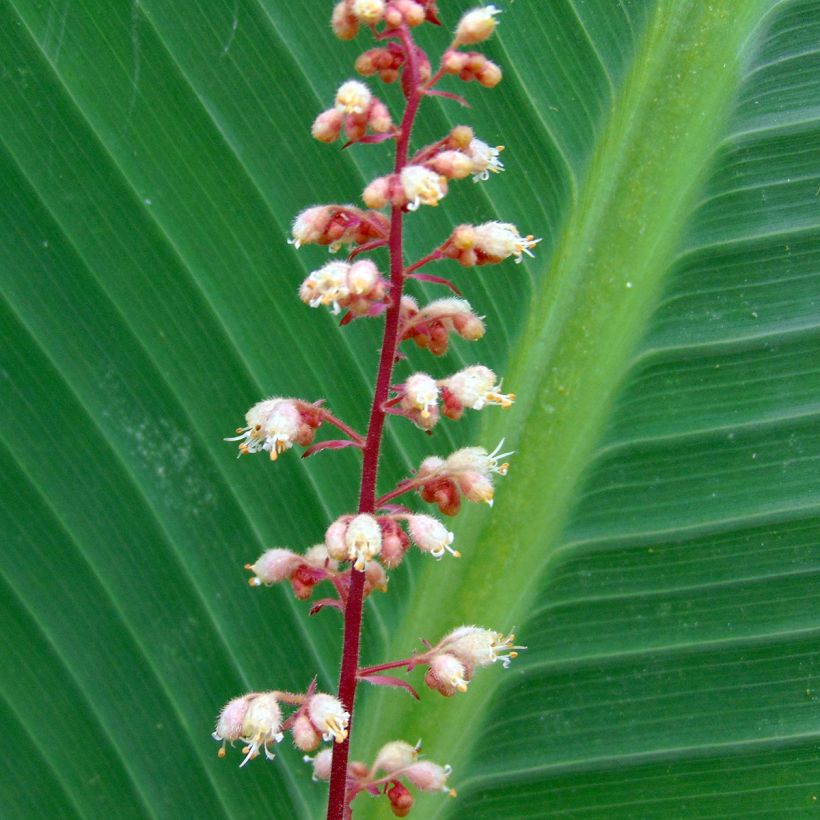

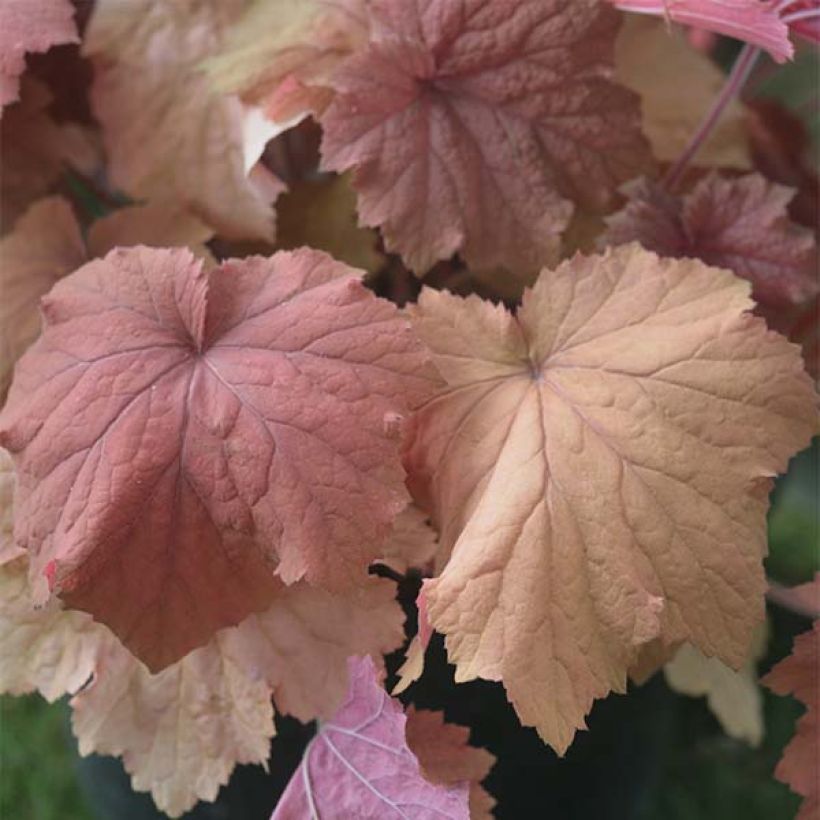

Flowering
Foliage
Plant habit
Botanical data
Heuchera
x villosa
Mega Caramel
Saxifragaceae
Hairy Alumroot, Coral Bells
Cultivar or hybrid
Other Heuchera
View all →Planting and care
Choose a morning sun or semi-shaded exposure for your 'Mega Caramel' heuchera. Prepare a planting hole of 20 cm (8in) x 20 cm (8in) x 20 cm (8in). If your soil is heavy, mix some compost with the crumbled soil, partially refill the hole, and place your bucket (after removing the pot) so that the top of the plant's root ball is covered with 3 cm (1in) of soil. The addition of a base fertiliser (dehydrated blood, horn powder) will nourish your plant during its rooting period without the risk of burning. Firm the soil and water generously to eliminate air pockets. If the weather is dry, regular watering will be necessary for a few weeks to facilitate the establishment of your plant. Heucheras renew their foliage in late winter, so we recommend cutting back the previous year's leaves in January or February.
Planting period
Intended location
Care
Planting & care advice
-
, onOrder confirmed
Reply from on Promesse de fleurs
Similar products
Haven't found what you were looking for?
Hardiness is the lowest winter temperature a plant can endure without suffering serious damage or even dying. However, hardiness is affected by location (a sheltered area, such as a patio), protection (winter cover) and soil type (hardiness is improved by well-drained soil).

Photo Sharing Terms & Conditions
In order to encourage gardeners to interact and share their experiences, Promesse de fleurs offers various media enabling content to be uploaded onto its Site - in particular via the ‘Photo sharing’ module.
The User agrees to refrain from:
- Posting any content that is illegal, prejudicial, insulting, racist, inciteful to hatred, revisionist, contrary to public decency, that infringes on privacy or on the privacy rights of third parties, in particular the publicity rights of persons and goods, intellectual property rights, or the right to privacy.
- Submitting content on behalf of a third party;
- Impersonate the identity of a third party and/or publish any personal information about a third party;
In general, the User undertakes to refrain from any unethical behaviour.
All Content (in particular text, comments, files, images, photos, videos, creative works, etc.), which may be subject to property or intellectual property rights, image or other private rights, shall remain the property of the User, subject to the limited rights granted by the terms of the licence granted by Promesse de fleurs as stated below. Users are at liberty to publish or not to publish such Content on the Site, notably via the ‘Photo Sharing’ facility, and accept that this Content shall be made public and freely accessible, notably on the Internet.
Users further acknowledge, undertake to have ,and guarantee that they hold all necessary rights and permissions to publish such material on the Site, in particular with regard to the legislation in force pertaining to any privacy, property, intellectual property, image, or contractual rights, or rights of any other nature. By publishing such Content on the Site, Users acknowledge accepting full liability as publishers of the Content within the meaning of the law, and grant Promesse de fleurs, free of charge, an inclusive, worldwide licence for the said Content for the entire duration of its publication, including all reproduction, representation, up/downloading, displaying, performing, transmission, and storage rights.
Users also grant permission for their name to be linked to the Content and accept that this link may not always be made available.
By engaging in posting material, Users consent to their Content becoming automatically accessible on the Internet, in particular on other sites and/or blogs and/or web pages of the Promesse de fleurs site, including in particular social pages and the Promesse de fleurs catalogue.
Users may secure the removal of entrusted content free of charge by issuing a simple request via our contact form.
The flowering period indicated on our website applies to countries and regions located in USDA zone 8 (France, the United Kingdom, Ireland, the Netherlands, etc.)
It will vary according to where you live:
- In zones 9 to 10 (Italy, Spain, Greece, etc.), flowering will occur about 2 to 4 weeks earlier.
- In zones 6 to 7 (Germany, Poland, Slovenia, and lower mountainous regions), flowering will be delayed by 2 to 3 weeks.
- In zone 5 (Central Europe, Scandinavia), blooming will be delayed by 3 to 5 weeks.
In temperate climates, pruning of spring-flowering shrubs (forsythia, spireas, etc.) should be done just after flowering.
Pruning of summer-flowering shrubs (Indian Lilac, Perovskia, etc.) can be done in winter or spring.
In cold regions as well as with frost-sensitive plants, avoid pruning too early when severe frosts may still occur.
The planting period indicated on our website applies to countries and regions located in USDA zone 8 (France, United Kingdom, Ireland, Netherlands).
It will vary according to where you live:
- In Mediterranean zones (Marseille, Madrid, Milan, etc.), autumn and winter are the best planting periods.
- In continental zones (Strasbourg, Munich, Vienna, etc.), delay planting by 2 to 3 weeks in spring and bring it forward by 2 to 4 weeks in autumn.
- In mountainous regions (the Alps, Pyrenees, Carpathians, etc.), it is best to plant in late spring (May-June) or late summer (August-September).
The harvesting period indicated on our website applies to countries and regions in USDA zone 8 (France, England, Ireland, the Netherlands).
In colder areas (Scandinavia, Poland, Austria...) fruit and vegetable harvests are likely to be delayed by 3-4 weeks.
In warmer areas (Italy, Spain, Greece, etc.), harvesting will probably take place earlier, depending on weather conditions.
The sowing periods indicated on our website apply to countries and regions within USDA Zone 8 (France, UK, Ireland, Netherlands).
In colder areas (Scandinavia, Poland, Austria...), delay any outdoor sowing by 3-4 weeks, or sow under glass.
In warmer climes (Italy, Spain, Greece, etc.), bring outdoor sowing forward by a few weeks.






























